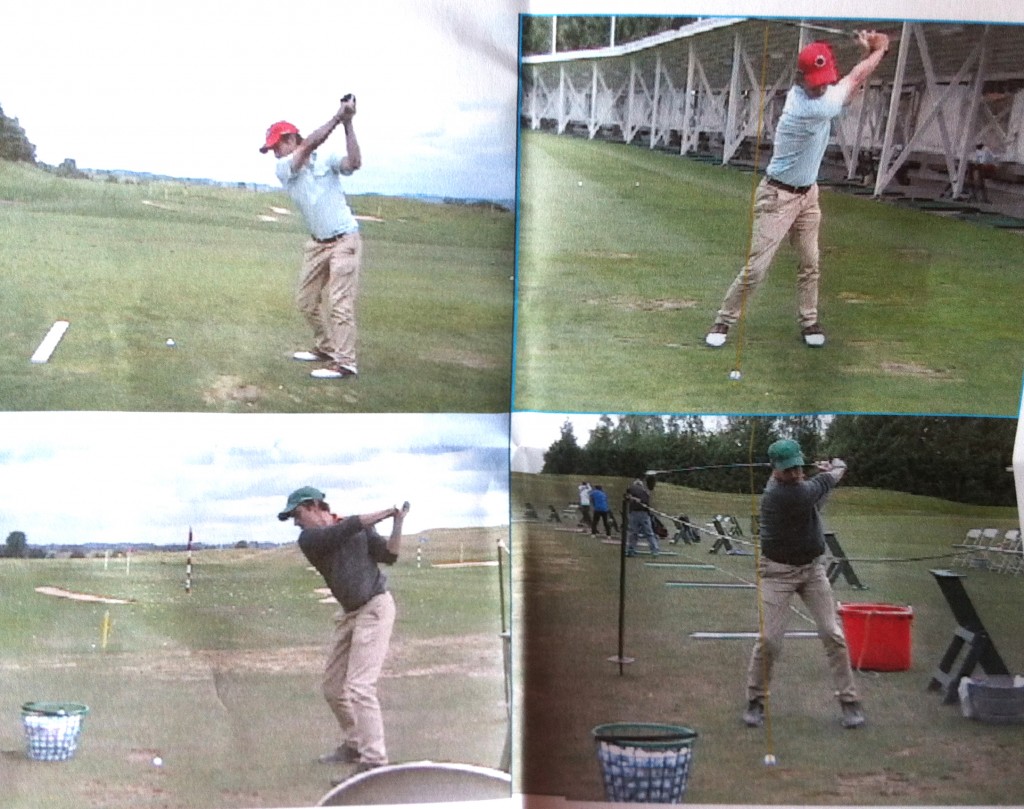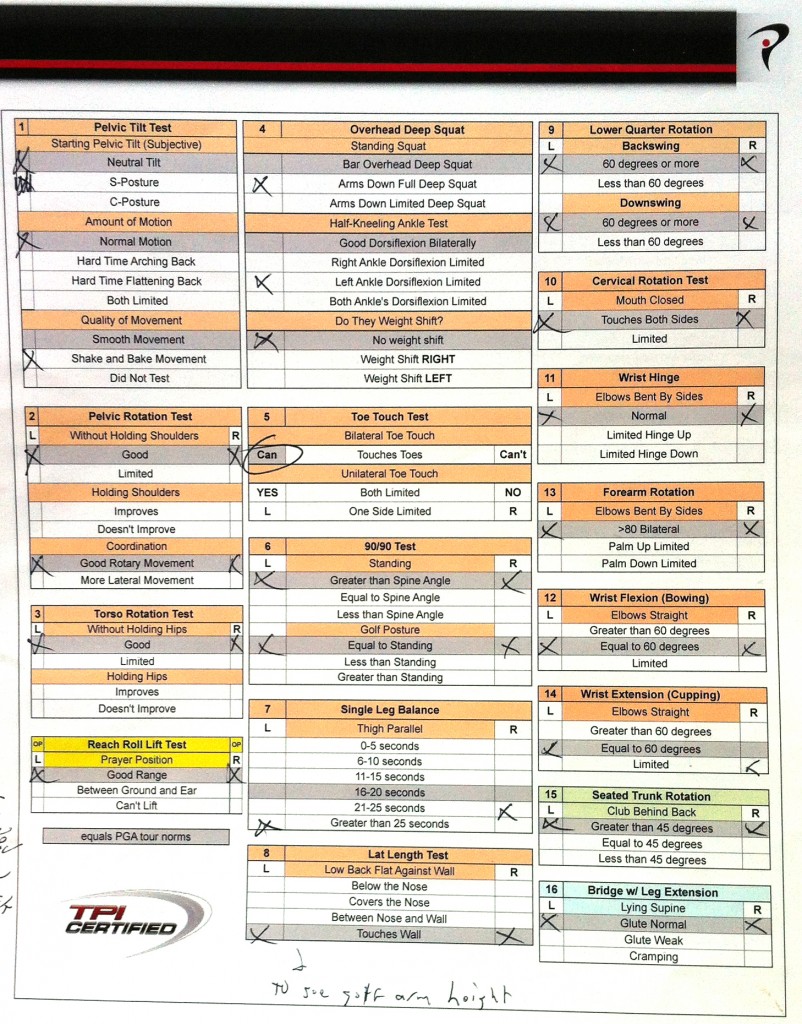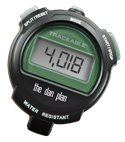A month of working with Bruce Furman and some Titleist TPI thoughts
Please forgive me for the quality of this image; it’s a picture of a print of a screen shot and the print out had been in my back pocket all day so it got a bit wonky. Regardless, the bottom two images are were taken on April 30 when I first visited Bruce Furman for a lesson. The top row is also me hitting a driver, but this time it’s from today, or one month later. As you can see there have been some big changes already:

It’s pretty incredible, actually. I know I posted similar images a few posts back, but this time it’s with the driver, which has been the biggest thorn in my golfing side over the past year. I haven’t found a single miss with that club and in general was struggling with the mechanic concepts of hitting the driver. I understand the physics of it and know what you are suppose to do, but what was always missing was the right feel for me. With the new swing, there are less moving parts and it is easier to grasp what went right or where it broke down in a miss.
My old driver swing was so flat that it was hard to square up the face at impact. The new swing has the face square for a longer time through the impact zone increasing my chances or striking the ball well. After all, as I learned at the TrackMan University last week, the club face influences the ball about twice as much as the club path, so if your face isn’t square you are going to really struggle to get the ball to move forward without hooking or slicing..
I’ve been working hard on the one piece takeaway and making a full shoulder turn too. Here is another drill video that explains how Bruce is having me work on this:
Pretty similar to the last drill video I posted, but now with a short 2×4 instead of a club. It’s a super cheap swing aid (the best kind in my mind) and something that you can work on in the back yard or pretty much anywhere as you don’t have to actually swing the club, just work on pushing the board back.
These things are working for me, but I’m not suggesting that everyone out there copy how I am swinging as there is a swing for everyone that fits your physical capabilities. One way to figure out what you can do and what you may need to work on is by getting TPI screened. One of the best tidbits of knowledge I gained last weekend at the Titleist TPI seminar was that you can predict someone’s swing style (fairly accurately) by what they are physically capable of doing.
The TPI screen tests your mobility and flexibility to see if you fall into one of the 12 most common swing characteristics and why. Those are:
- S-Posture
- C-Posture
- Loss of Posture
- Flat Shoulder Plane
- Early Extension
- Over-the-Top
- Sway
- Slide
- Reverse Spine Angle
- Hanging Back
- Casting/Early Release/Scooping
- Chicken Winging
Personally, when I was screened I found that I had a limited left ankle dorsiflexion and a hard time doing a full deep squat while holding a club overhead. Neither of these have too big of an impact on the golf swing so I should, in theory, be able to make a complete and full-turn golf swing. If I had not met the PGA Tour average on one of the 16 TPI tests then there would be something physical that I needed to work on. Knowing that my mobility and flexibility are near PGA Tour averages tells me that right now the majority of my time should be spent with a golf coach. Bruce is filling that role well.
Fellow students and I screened each other a few times during the seminar to gain experience. All three of mine ended up almost exactly the same. Here is a look at how I am TPI wise according to a fellow student’s screen of me:

The grey boxes are PGA Tour averages. TPI doesn’t measure power, but it does paint a good picture of your golf swing potential and where a physical limitation could cause issues in your swing. After taking the class and becoming more familiar with what they do, I would highly recommend anyone interested in improving to get screened. Also, find someone who has done a ton of screens as the process is like anything, the more you do (correctly) the better you get at doing them.

